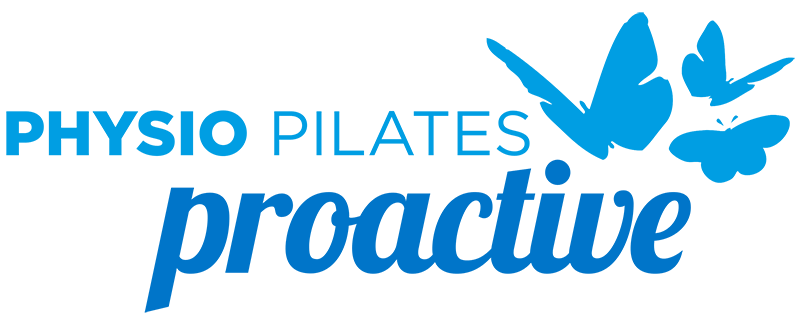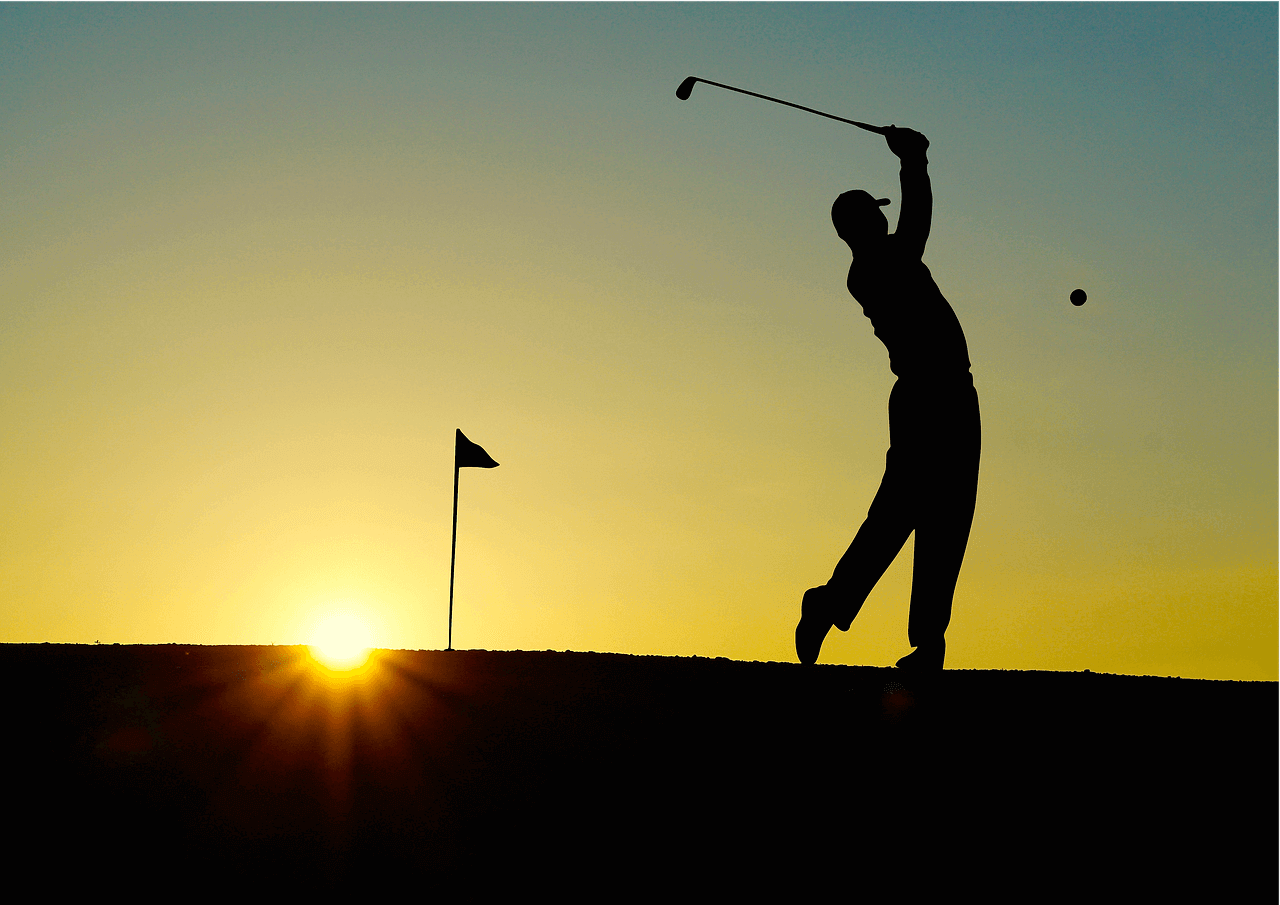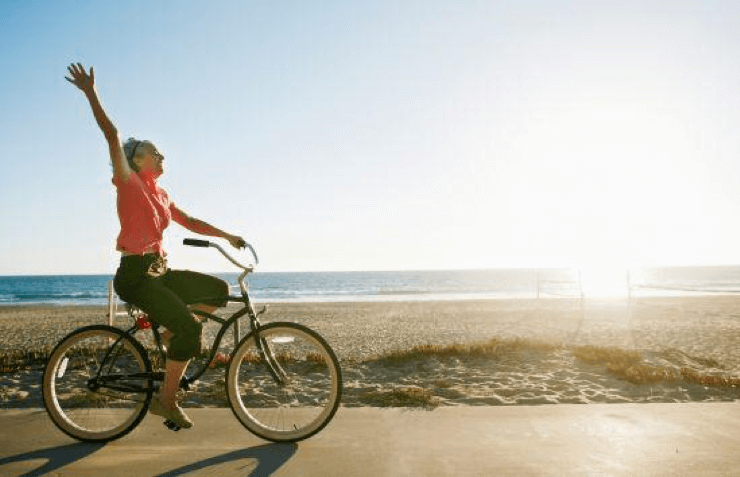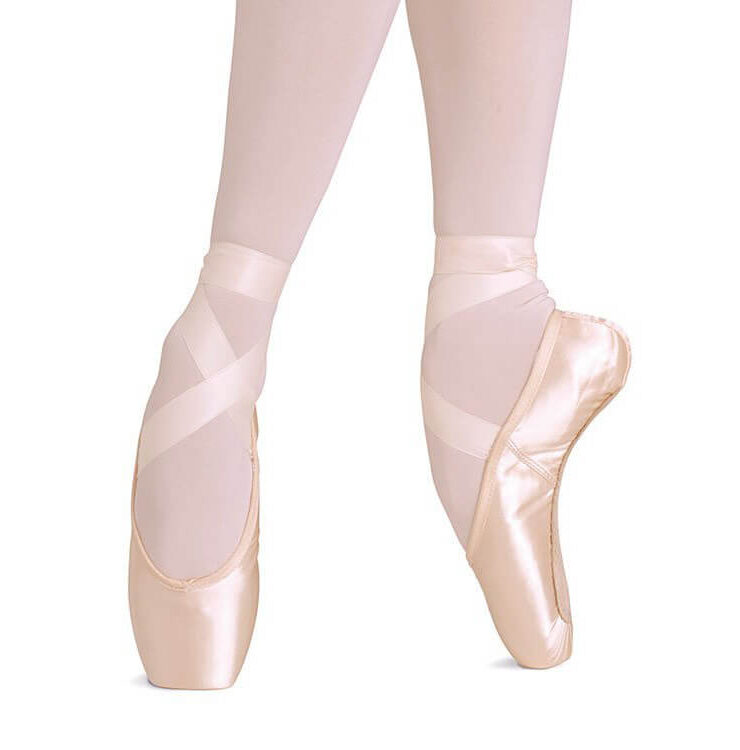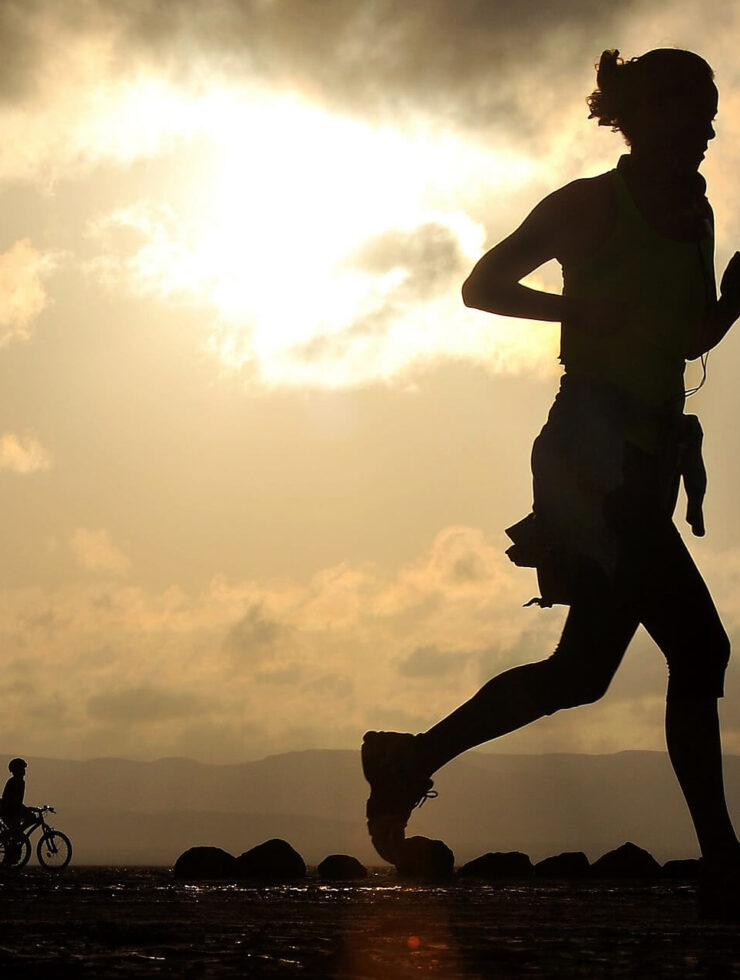By Caitlin Cormack, Physiotherapist
Golf requires a combination of many physical (as well as mental) factors – muscular strength and flexibility, core stability, balance and neuromuscular function. As most golfer’s would be aware, the game largely hinges on the golf swing, which often looks a lot simpler than it actually is!
The movement of the golf swing at the time of impact puts eight times the body weight of compressive pressure through the joints in the body. Therefore it is very important to have a body that is strong and flexible enough to bear this time and time again to ensure a long, happy and healthy golfing life.
Golf injuries
The most common injuries that golfer’s experience includes lower back, shoulder, elbow, hand and/or wrist pain. These can occur due to actions at the time of playing golf, such as poor warm up, tight and restricted joint range of motion, twisting of the spine during swing and impact, incorrect grip.
Or they may occur away from playing during times of prolonged sitting or poor sitting/sleeping posture or lifting technique.
Golfer’s elbow (also known as medial epicondylitis) is often felt with pain on the inside of the elbow, whereas tennis elbow (lateral epicondylitis) is often felt with pain on the outside of the elbow. But often golfers can get both, even if they don’t play tennis!
Early warning signs of an injury include pain and/or swelling, tenderness, decreased movement or feelings of weakness, numbness or tingling.
How can physiotherapy help?
Physiotherapy can be used to assess and treat the factors contributing to your pain using a postural assessment, and treatment techniques such as soft tissue work, joint mobilisation, dry needling and exercise prescription.
Dry needling can be a particularly effective treatment tool to release muscle tightness for conditions such as golfer’s and tennis elbow.
How can Pilates help?
Pilates focuses on core strength, flexibility, stability and balance. It also helps to develop more efficient mind-body awareness. Because golf is a game of asymmetry, Pilates exercises can help to decrease the effects of this asymmetrical activity on the body, particularly the spine.
Using spinal rotation exercises, alignment exercises, and weight shifting exercises, Pilates can promote better balance and more efficient movement. Also, because the golf swing is a series of smaller movements that must be applied correctly to achieve that perfect contact with the ball, Pilates can help to establish coordinated muscle firing by retraining core muscles, including deep spine hip and pelvic stabilisers.
Whilst a golf professional can help to correct a golfer’s technique, the underlying fault in any golf swing is the body itself. The way the ball is hit directly correlates to the physical limitations – correcting the swing at the times of the swing will not improve the physical cause long term.
Therefore Pilates serves as a long term solution to not only improving your golfing game, but also reducing the risk of, and treating current aches and pains related to golf and your posture.
Golf Tips
Golf is a sport that South Australians of all ages enjoy. Plus, our mild climate allows golf enthusiasts to hit the links year round. Like any sport, it’s possible to become injured while golfing.
This is especially true if players don’t take the time for a proper warm up. A dynamic warm up allows golfers to gradually warm up the body’s tissues in preparation for swinging activities. This can improve performance and help to prevent muscle strains and joint sprains.
So if you feel pain during or after golf, a physiotherapist can help. But to help you prevent injury and alleviate pain, here are some of our best tips [from the Physiotherapy Association of British Columbia].
1. Activate with a general warm up
Start with 5-10 minutes of large muscle activity such as a brisk walk, stair climbing or a stationary bike ride before you play. Then, do some mini squats (holding on to your golf club for balance) and mini lunges to help lubricate stiff hips, knees and ankle joints.
2. Do a swing specific warm up
A sport specific, dynamic warm-up allows for optimal performance and injury prevention. Arm and leg swings and torso twists will help warm up your shoulders, hips and back. Do a sequence of gradually increasing practice swings before hitting any balls.
3. Ensure proper postural alignment
Do your posture a favour and reduce the amount of equipment in your golf bag. And, your physiotherapist can help you avoid incorrect postural alignment at the shoulders and torso, or hips and legs that can lead to poor or inconsistent shots.
4. Deactivate after your golf game
Loosening up tight tissues by stretching in the shower will help regain and maintain muscle length. Self-massage can help decrease painful tension and ice can help minimize inflammation and pain.
For all your golfing advice and treatment please contact Caitlin Cormack at Stirling on 8339 3188. Caitlin has a special interest in golfing injuries, technique and postural issues.
